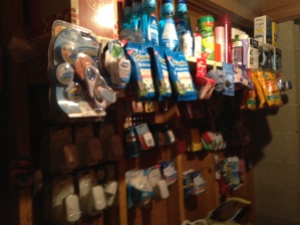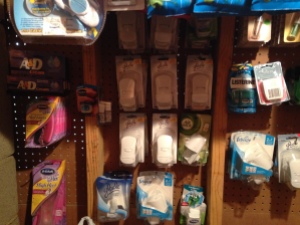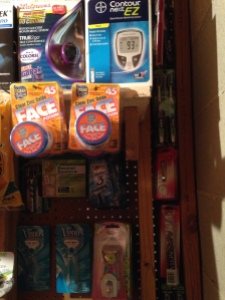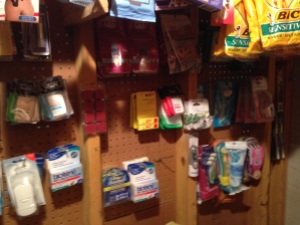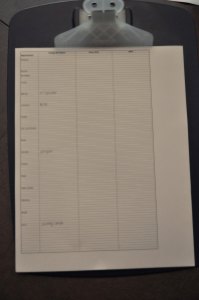Good morning, savvy savers! This past weekend has found me spending a lot of time both cleaning out and re-organizing my stockpile for the year ahead. From sorting boxes and bins to checking expiration dates, this weekend was incredibly busy. So in the spirit of stockpiling, for this weeks Savings On The Go, With A Cup of Joe, I wanted to post about the 5 Stockpiling Pitfalls You Should Avoid In 2015!
I have to admit, I’m a definite stockpiler with clutter tendencies! The problem is you don’t realize you have this issue until the stockpile is well established and taking over multiple places in your home. I started off with a small shelf about three and a half feet long, but now I have a pantry, a set of five shelves, designated basement space, built-in cabinets, two refrigerators, and a deep freezer! This is in addition to the personal hygiene items are hiding in the bathroom cabinets.
You may think that stockpiling is 100% beneficial because of the money you’ve saved, but this is only until you find yourself drowning in groceries and perishable items!
Here are a few tips to keep these pitfalls under control:
- Not Having A Stockpile Limit: Your stockpile is out of control when it exceeds your storage space, period. If your stockpile is getting out of control, simply redesign your storage space. I looked at my available storage space and made a vow not to exceed my limits again. If you have a small space to work with for your stockpile, limit your goods by checking expiration dates, and anything that is set to expire in the next season, donate to a local charity, food pantry, or women’s shelter in your area.
- Don’t Keep Items Past Their Expiration Date: Keeping your stockpile clear of expired foods will save space, money, and prevent you from eating stale, untasty foods. To prevent this, simply create a spread sheet or clipboard chart, and whenever you purchase a vast quantity of goods, write down their dates, and check your sheet seasonally. Also, be sure to rotate goods quarterly so you are consuming or utilizing set-to-expire goods sooner than later—this will also allow you to evaluate what you have, and how much you’re actually using, before you go out and buy more in-store.
- Don’t Stockpile Goods You Won’t Use/Donate: Items being thrown away is always equivalent to throwing cash down the drain. To prevent this, simply remember that all sales are cyclical and are guaranteed to rear their heads again within 3-4 months time. Also, when you are able to score freebies with deals, rebates, and coupons in-store, consider only purchasing goods you will be able to use with 12 months, or will donate within 6 months.
- Weatherize Your Stockpile: One of the pitfalls of stockpiling is the location of your storage. Certain foods have to be stored in specific temperatures or not exposed to excessive heat. Not storing items at the proper temperature can cause food to expire more quickly and go to waste. A rule of thumbs, foods that are susceptible to insects or heat, such as most baked supplies can be bagged and frozen. Also, please click here to read my post on which goods from you stockpile can be winterized this season, too!
- Give Your Stockpile A Safety Inspection: The most important thing to remember, stockpiles serve families, and should be safely stored for all members of your family, human and fur-babies alike. If the stockpile is stacked so high that items could fall and hit you on the head—it’s not safe. If your stockpile blocks a path you would need to exit in case of a fire—it’s a fire hazard. If you have flammable products near a fireplace or gas stove—you guessed it, a hazard! Organize goods in a safe, usable, functional manner.
I hope these tips will help you keep your stockpile organized, usable, safe, and secure! And if you have any stockpile tips, I’d love to hear about them in a comment below!







